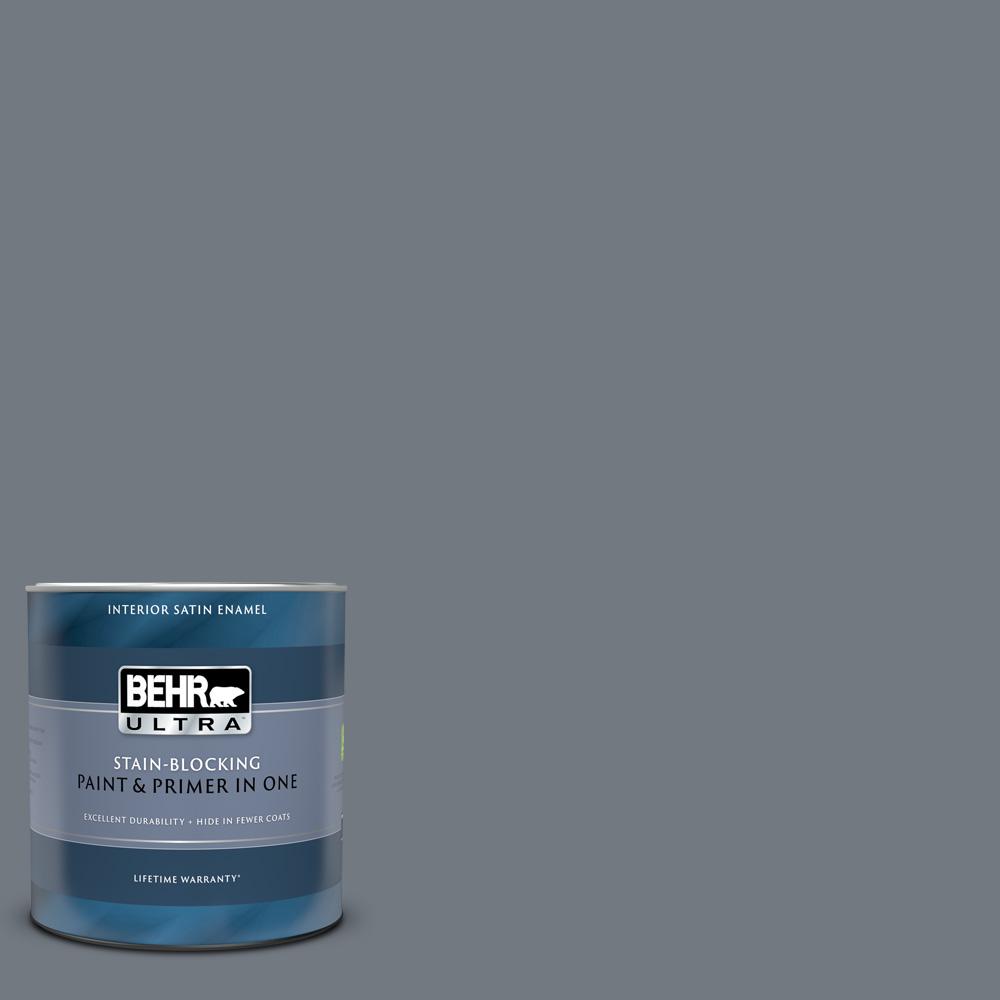Beside this, how thick is a typical wall? If you're about to draw floor plans for an existing home measure the thickness of the walls at the doors and/or windows. standard exterior wall thickness residential.
Standard Exterior Wall Thickness Residential, Wall thickness and measurements cpd guide v1.1 page 8 of 12 summary wall thickness is crucial in identifying the wall construction and also very useful for the auditor to verify the epc is correct. Standard icf external walls need six inches of concrete. The wall that provides an efficient level of insulation regardless of external climate, exists in three different major wall types.
 Six Proven Ways to Build EnergySmart Walls Fine From finehomebuilding.com
Six Proven Ways to Build EnergySmart Walls Fine From finehomebuilding.com
Interior walls in older construction may differ. For houses, interior walls are usually 4.5 or 5 4 level 1 minkowar · 3y If you go with thick timbers, you might find that your external walls are almost 7a:
Sometimes this thickness increases depending on the type of plaster or panels over them.
My profile my preferences my mates. These three different designs offer optimized thermodynamic potential in almost any climate. Drying and planing reduce the finished size to the current standard of 1.5 by 3.5 inches. If you�re about to draw floor plans for an existing home measure the thickness of the walls at the doors and/or windows. With wall types, you could define them in steps, each step having greater detail. My own house in alaska has 7.5 inch thick walls because it has cedar siding ov.
Another Article :
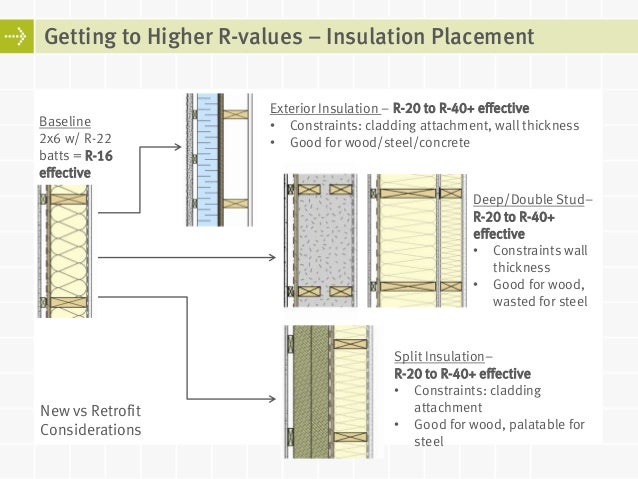
96 inches or 8 ft. Depends on the wall, most buildings in the us are framed in 2x4 or 2x6 construction. Ceiling height (i.e., headroom) for main rooms of the residential building should be 3000 mm to 3600 mm. For every additional 70 feet of height added onto the property, the wall thickness can be increased by an extra four inches to support the additional weight of the structure. Wall thicknessinternal wallexternal wallthickness of wallrcc wallstandard size of wallthickness of indian wall Passive House Walls and Windows for the Pacific Northwest.
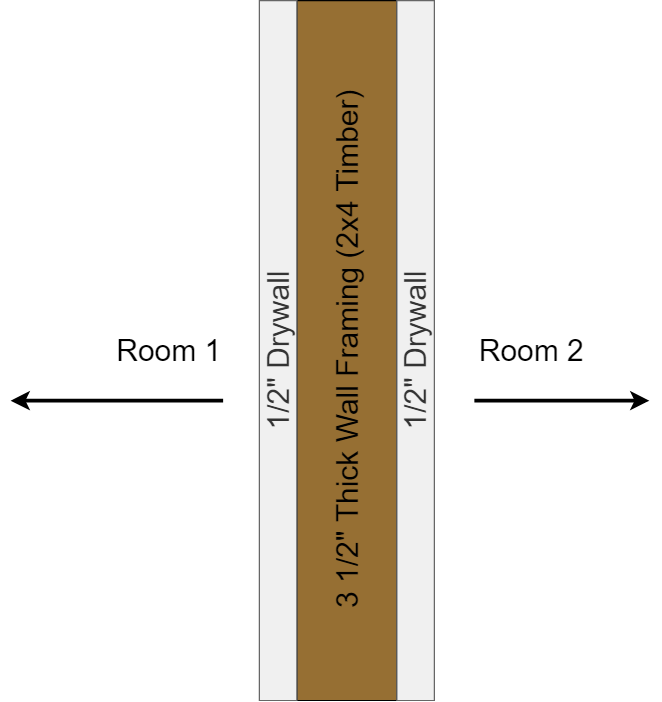
My own house in alaska has 7.5 inch thick walls because it has cedar siding ov. For houses, interior walls are usually 4.5 or 5 4 level 1 minkowar · 3y They are the institutional wall, the commercial wall and the residential wall. For properties that measure up to 70 feet in height, it is recommended that the exterior walls be no thicker than twelve inches. These three different designs offer optimized thermodynamic potential in almost any climate. thickness of drywall for interior walls.

The wall that provides an efficient level of insulation regardless of external climate, exists in three different major wall types. Floor finishes are generally with 10 mm to 20 mm thick cement mortar or tiles. My own house in alaska has 7.5 inch thick walls because it has cedar siding ov. Revit has a membrane layer assignment for walls which allows zero thickness. Pros and cons of thick exterior walls wood framing basics how to build an exterior wall on.

Can exterior walls be too thick? Insulated concrete form (icf) walls typically have a standard thickness of 12 inches. Residential walls generally take either 1/2 or 5/8 drywall on one or both sides, so your wall thicknesses will vary on whether or not they are interior or exterior walls,. The wall that provides an efficient level of insulation regardless of external climate, exists in three different major wall types. Thickness of exterior walls (1) masonry exterior wall s, other than cavity wall s, in 1 storey building s and the top storeys of 2 and 3 storey buildings shall be not less than 140 mm thick provided the walls are not more than 2.8 m high at the eaves and 4.6 m. Exterior Wall Section Details Conclusion Drafting.

Meaning 14a + overall for both sides, which is almost 14% of your 8. Exterior wall thickness varies, depending on the exterior finish, siding and brick facing. Wall thickness and measurements cpd guide v1.1 page 8 of 12 summary wall thickness is crucial in identifying the wall construction and also very useful for the auditor to verify the epc is correct. Insulated concrete form (icf) walls typically have a standard thickness of 12 inches. However, areas susceptible to high winds require concrete thickness of at least 8 inches. All About Larsen Trusses House cladding, Framing.

Studies indicate that on a traditional hard coat stucco wall with lath, which should be 7/8 inch thick as required by code. Uk exterior wall thickness and pitch roof thickness. Beside this, how thick is a typical wall? Usually, interior walls are anywhere from 4 to 6 inches thick, and exterior walls are typically 6 to 8 inches. For every additional 70 feet of height added onto the property, the wall thickness can be increased by an extra four inches to support the additional weight of the structure. Six Proven Ways to Build EnergySmart Walls Fine.

If you go with thick timbers, you might find that your external walls are almost 7a: For properties that measure up to 70 feet in height, it is recommended that the exterior walls be no thicker than twelve inches. If you�re about to draw floor plans for an existing home measure the thickness of the walls at the doors and/or windows. They are the institutional wall, the commercial wall and the residential wall. Usually, interior walls are anywhere from 4 to 6 inches thick, and exterior walls are typically 6 to 8 inches. 33 reference of standard exterior wall thickness.

What is the standard thickness of brick wall in india. Your total wall thickness should be the actual built construction thickness. The thickness of the exterior walls of a building depends on multiple different factors. For every additional 70 feet of height added onto the property, the wall thickness can be increased by an extra four inches to support the additional weight of the structure. That 1/8 or 1/4 inch makes a tremendous difference. World Housing Encyclopedia WHE.

Standard concrete walls are about 6 inches thick. Beside this, how thick is a typical wall? Some door manufacturers sell doors in 7ft & 8ft heights and door widths from 24 inches to 42 inches. Insulated concrete form (icf) walls typically have a standard thickness of 12 inches. Ceiling height (i.e., headroom) for main rooms of the residential building should be 3000 mm to 3600 mm. Sandrin Leung Architecture » Modern Passive House Design.
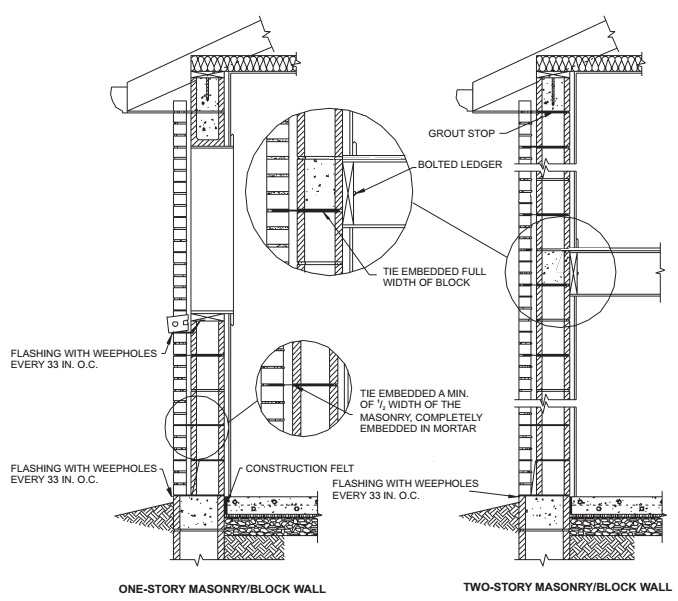
Depends on the wall, most buildings in the us are framed in 2x4 or 2x6 construction. If you�re about to draw floor plans for an existing home measure the thickness of the walls at the doors and/or windows. Sometimes this thickness increases depending on the type of plaster or panels over them. Ceiling height (i.e., headroom) for main rooms of the residential building should be 3000 mm to 3600 mm. What�s new 3 12 24 72. CHAPTER 9 EXTERIOR WALL COVERING 2014 ICC 600 Standard.
Wall thicknessinternal wallexternal wallthickness of wallrcc wallstandard size of wallthickness of indian wall 96 inches or 8 ft. Your total wall thickness should be the actual built construction thickness. Can exterior walls be too thick? For houses, interior walls are usually 4.5 or 5 4 level 1 minkowar · 3y How is interior wall thickness determined? Quora.
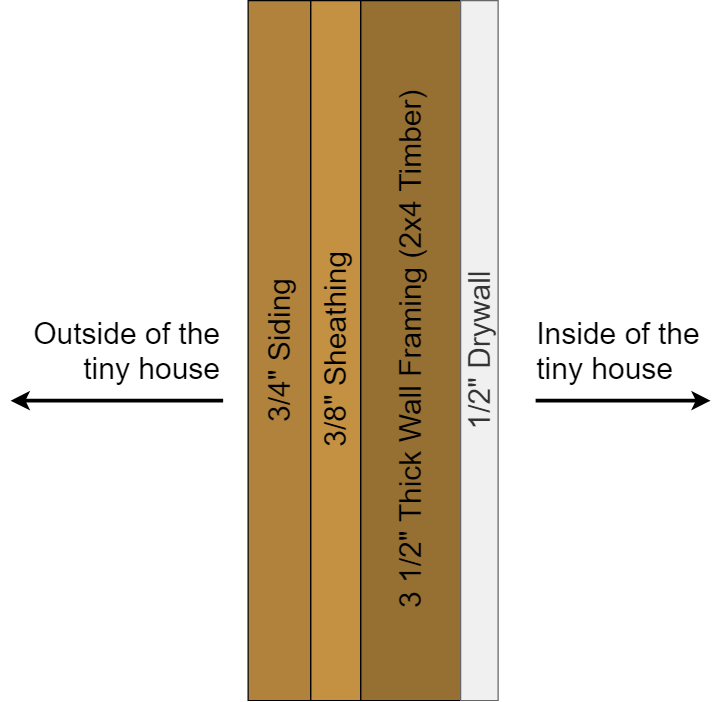
We mean, within subarctic, very cold, cold. However, areas with high winds usually need at least 8 inches. Thickness of the cement concrete floor is a minimum of100 mm plus floor finish over it. For properties that measure up to 70 feet in height, it is recommended that the exterior walls be no thicker than twelve inches. Your total wall thickness should be the actual built construction thickness. floor sheathing thickness Viewfloor.co.
Also know, how thick are walls on a floor plan? Some door manufacturers sell doors in 7ft & 8ft heights and door widths from 24 inches to 42 inches. Depends on the wall, most buildings in the us are framed in 2x4 or 2x6 construction. Thickness of exterior walls (1) masonry exterior wall s, other than cavity wall s, in 1 storey building s and the top storeys of 2 and 3 storey buildings shall be not less than 140 mm thick provided the walls are not more than 2.8 m high at the eaves and 4.6 m. The wall that provides an efficient level of insulation regardless of external climate, exists in three different major wall types. What is standard residential wall thickness? Quora.

For example, 1) interior wall, exterior wall, 2) type of building material (wood, steel, etc.), 3) width, 4) finish one side, finish two sides, and so on (my guess. The wall that provides an efficient level of insulation regardless of external climate, exists in three different major wall types. Thickness of exterior walls (1) masonry exterior wall s, other than cavity wall s, in 1 storey building s and the top storeys of 2 and 3 storey buildings shall be not less than 140 mm thick provided the walls are not more than 2.8 m high at the eaves and 4.6 m. If you�re about to draw floor plans for an existing home measure the thickness of the walls at the doors and/or windows. Insulated concrete form (icf) walls typically have a standard thickness of 12 inches. CHAPTER 6 WALL CONSTRUCTION 2015 Minnesota Residential.
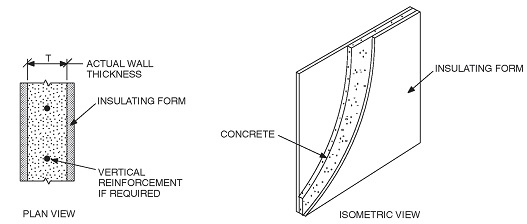
For every additional 70 feet of height added onto the property, the wall thickness can be increased by an extra four inches to support the additional weight of the structure. These three different designs offer optimized thermodynamic potential in almost any climate. Residential walls generally take either 1/2 or 5/8 drywall on one or both sides, so your wall thicknesses will vary on whether or not they are interior or exterior walls,. If you�re about to draw floor plans for an existing home measure the thickness of the walls at the doors and/or windows. The standard size for an exterior door is 80 inches by 36 inches which is 6 ft, 8 inches by 3 ft. CHAPTER 2 BUILDINGS WITH CONCRETE OR MASONRY EXTERIOR.




